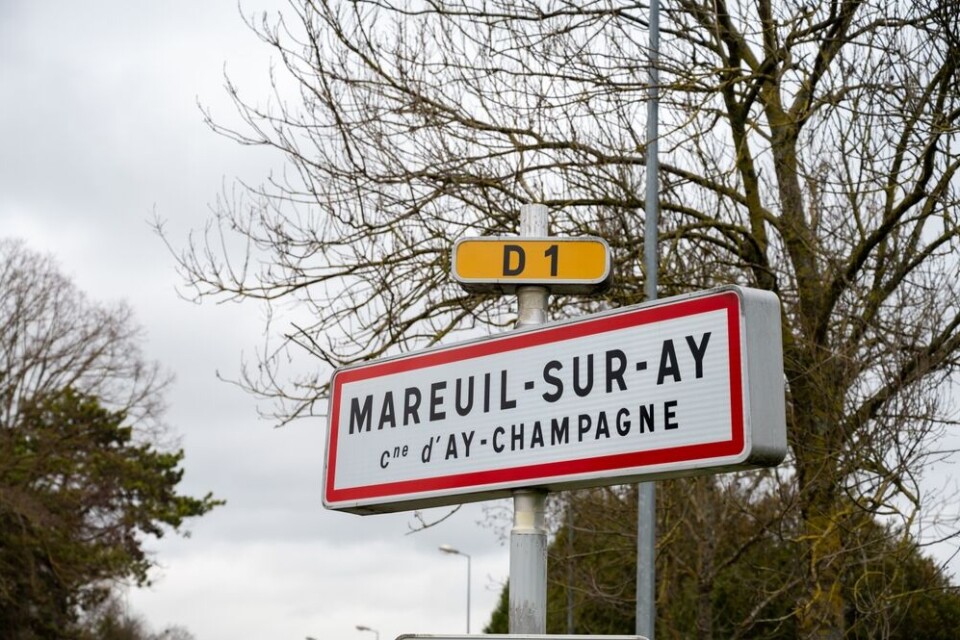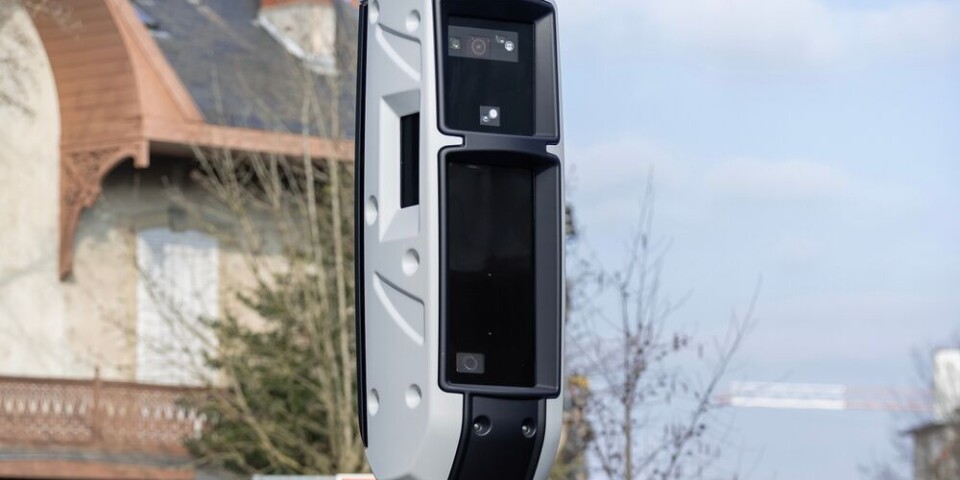-
MPs push to remove low emission zones in France
Critics say the zones penalise lower-income households, but the government has warned abolishing them could cost billions
-
Map: where are there free motorways in France?
Only around one-quarter of France’s main road network is free from tolls
-
Motorcycle riders in France are facing significant rises in insurance fees
We look at how age and where the vehicle is parked impact costs
Why has speed limit changed to 30km/h near my French home?
New rules have changed speed limits in certain ‘built-up areas’

Reader Question: You mentioned a change of speed limit to 30 km/h in ‘residential areas’ in one of your recent articles, but what is the definition of a residential area? Is it a couple of homes on the side of the road or does it have to be a designated town. Are there road signs showing when they start?
As a reminder on January 1 this year changes to France’s highway code (Code de la Route) imposed a 30 km/h speed limit in residential areas where the roads do not have pavements.
Read more: Six changes for drivers and road rules in France in 2024
It was part of a number of measures put forward by the then-Prime Minister Elisabeth Borne to increase road safety and published in a decree in July 2023, which can be read in full here.
Measure 14 of the decree relates to the change in speed limit.
Rule applies only in ‘agglomérations’
In fact, the measure states that the changes are to be enforced in ‘agglomération’ areas, which The Connexion translated to ‘residential areas’.
The exact definition of an agglomération, as found in Article R110-2 of the Code de la Route is ‘an area in which closely spaced built-up buildings are grouped together, with their entrances and exits indicated by signs’.
The signs in question are those you can see when entering a town or village: a white sign with a red perimeter, showing the area’s name – as in the main photo for this article.
When exiting the area (and thus the speed limit requirements) you will see a white sign with a black perimeter and the town’s name crossed out in red.
These are also known as signs EB10 and EB20, respectively.
In large metropolitan areas (cities and their suburbs) speed limits will also be at 30 km/h – or lower – but you may not see these signs on many roads as the suburbs are so close together and agglomération can cover a large space.
Note that this definition of an ‘agglomération’ may differ from those used by statistical bodies such as INSEE to count population, and apply to larger areas.
Read more: Which motorway tolls are rising in France and by how much?
Are there other limits?
Two other driving zones which can impact speed limits include ‘Zone 30’ and ‘zone de rencontre’
In Zone 30 areas, speed limits are automatically set at 30 km/h regardless of other rules, and cyclists and certain other vehicles are able to share roads.
In a ‘zone de rencontre’ the speed limit is 20 km/h and pedestrians have the right of way over cars if they are required to walk on the road because there is not a pavement.
You can read more about both of these zones in the Code de la Route here.
Related articles
2024 MAP: Where are low emission zones in France and what are rules?
New smaller urban speed radars begin operation around France
























